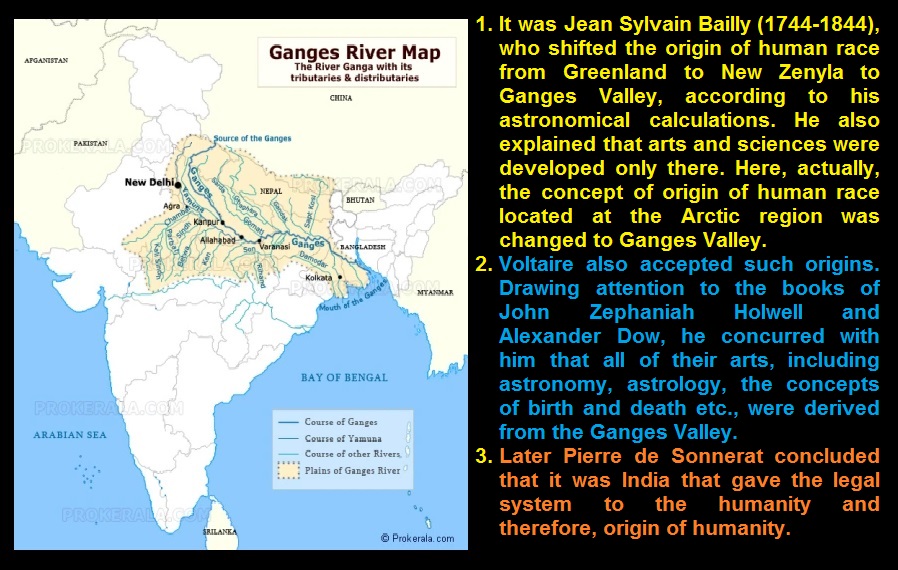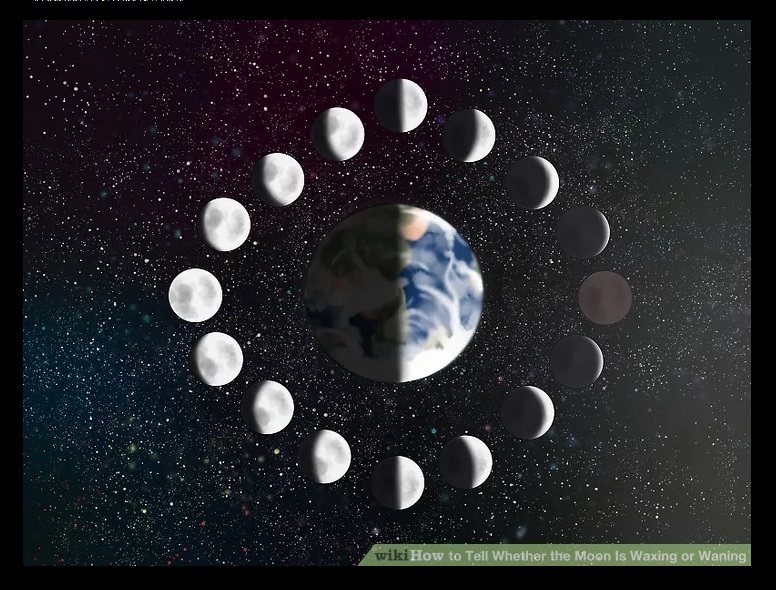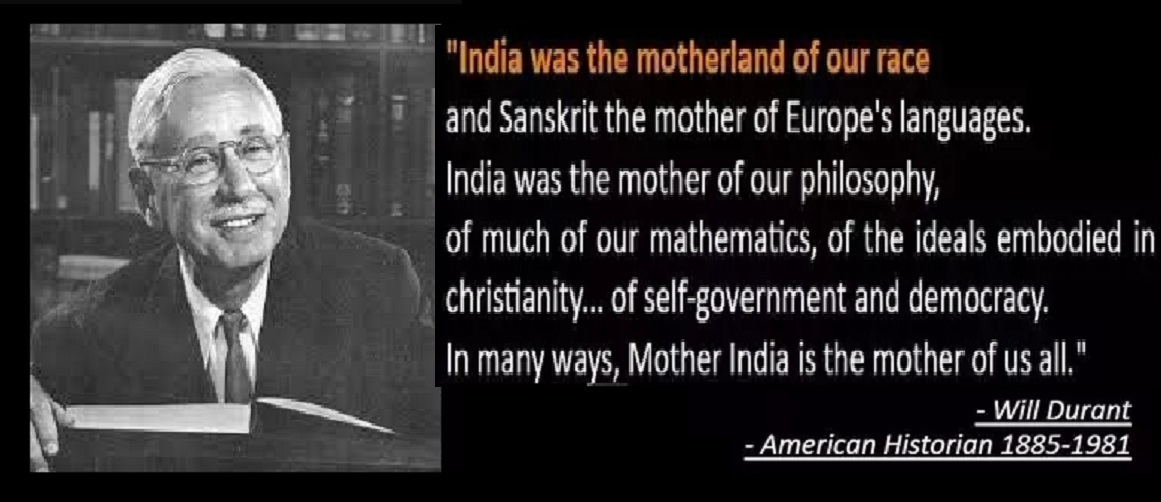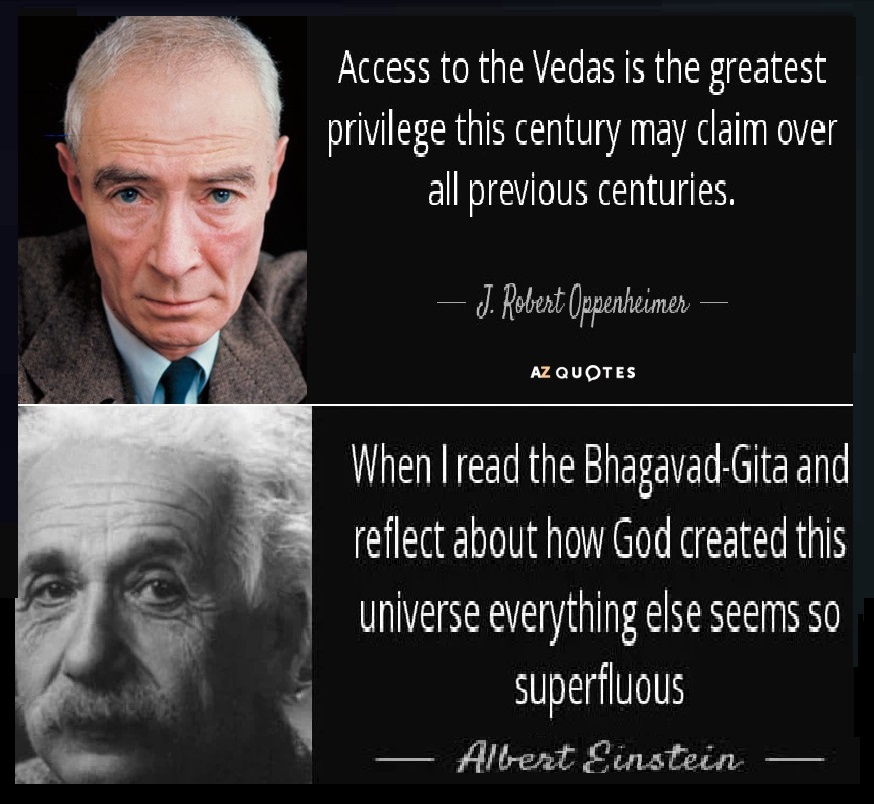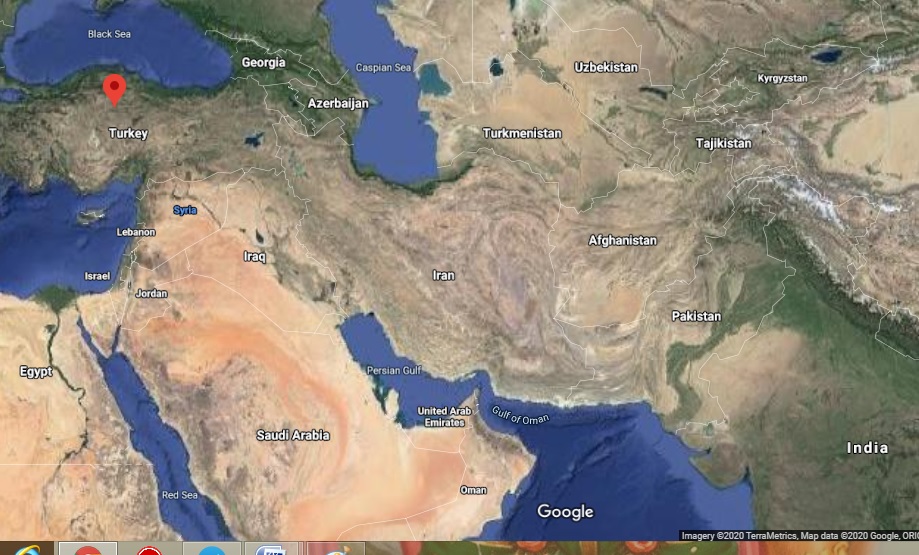The Proceedings of the 82nd session of Indian History Congress held at the Kakatiya University (2)
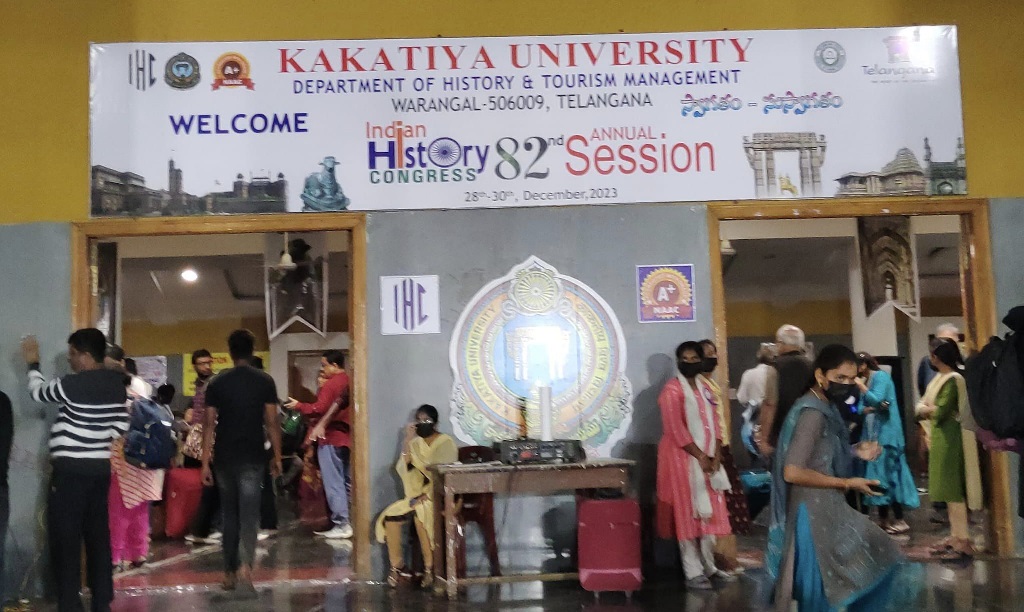
Academic proceedings: Mridula Mukherjee, former Professor of Jawaharlal Nehru University, and former Director of the Nehru Memorial Museum and Library, New Delhi, was the chief guest at the inaugural session held at KU auditorium on Thursday 28-12-2023. As usual groups of historians, academics, history enthusiasts and scholars among others including delegates from different parts of the country who attended the session, according to the organisers. From the inaugural day onwards, six separate sessions were planned to be organized on the following sessions:
| Sl. no | Session | Prof/Dr | No. of papers presented |
| 1 | Ancient India | Shalini Shah | |
| 2 | Medieval India | Najaf Haider | |
| 3 | Modern India | Sajal Nag | |
| 4 | Countries other than India | S. Srinath | |
| 5 | Archaeology | Seema Bawa | |
| 6 | Contemporary India | Kalpana Kannabiran | |
| Total | 1067 | ||
The split-up figures were not available. Generally, during the valedictory function, the sectional presidents used to brief about their experience with data.

Academic proceedings: A grand total of 1067 papers were set to be presented at the event, marking a robust discourse on various facets of Indian history. Recognizing scholarly achievements, the IHC would confer prestigious awards for outstanding historical publications[1]. Notable among these are the Barpujari Award, the Prof. Mohammad Habib Award for Medieval Indian History, and the newly introduced Prof. Annapurna Best Book Award for Ancient Indian History[2]. Additionally, the IHC boasts several awards for the best research papers across diverse historical domains, encouraging submissions from scholars under 45 years old. Noteworthy prizes include the Professor Vijay Kumar Thakur Memorial Prize for Ancient India, the Professor J.S. Grewal Prize for Medieval India, and others recognizing exceptional work in specific historical sections[3]. Noted historian Ramchandra Guha will be conferred the Lifetime Achievement Award, given every five years, by the IHC[4].

Awards for best paper[5]: There are nine prizes for the best papers submitted at the Indian History Congress session in a particular section or field by members who are not above the age of 45 years on the last date for the receipt of papers submitted for the prize (December 2023). Please note, however that there is no age-bar for Prize No.9 below.
1. Professor Vijay Kumar Thakur Memorial Prize of Rs. 10,000 for the best paper submitted for Section I (Ancient India)
2. Professor J.S. Grewal Prize of Rs. 10,000 for the best paper submitted for Section II (Medieval India)
3 & 4. Professor P.S. Gupta Memorial Prize of Rs. 10,000 and Professor J. C. Jha Memorial Prize of Rs. 10,000 for the best two papers submitted for Sections III (Modern India), IV (Countries other than India).
5. Professor Sudhir Ranjan Das Memorial Prize of Rs. 10,000 for the best paper submitted for Section V (Archaeology).
6. Professor Papiya Ghosh Memorial Prize of Rs. 15,000 for the best paper submitted for Section VI (Contemporary India)
7. Professor B.B. Chaudhuri Prize of Rs. 10,000 for the best paper submitted on Economic and Social History of India (Ancient, Medieval and Modern).
8. Dr Nasreen Ahmad Memorial Prize of Rs. 7,500 for the best paper on Gender History.
9. Dr I.G. Khan Memorial Prize of Rs. 15,000 for the best paper submitted on History of Science and Technology (No age bar.)
10. Professor O.P. Jaiswal Prize of Rs. 7,500 for the best paper submitted on Indian National Movement.
11. Dr Gyaneshwari Jaiswal Memorial Prize of Rs. 7,500 for the best paper based on Archival/Epigraphic Data.
12. Professor M. Athar Ali Memorial Prize of Rs. 20,000 will be awarded for the best paper submitted at the 82nd session. There is no age-bar, and no application need be made.
The announcement of the paper selected for the prize will be made at the 84th session. A member who wishes his paper to be considered for any of the prizes above is requested simply to indicate on it the award/(s) for which he wishes it to be considered and (in case of every prize except No. 9) attach a Xerox of some document bearing the date of birth (e.g. xerox of relevant page of passport, high school certificate, or letter of Principal of College or Chairman of Department).

The paper presentation session has been reduced to ritual, routine and mechanical: The young student delegates were evidently more interested in visiting places, taking selfies and posting them in the social media. They ever discussed about the academics, the paper presentation etc.
Go to the respective section
- Sit and wait for the turn
- Present paper within 5 to 10 minutes depending upon the president’s wish
- Face questions or no questions and discussion
- Get certificate
- Take photo and
- Go away
- Do not bother about the paper presentation of others
- Ask your friends to take photos or video to cover the above
- Post in the social media
- The attendance of IHC session is over and successful

Paper selection, editing and publication[6]: For the last 50 years experience, personally observing the paper reading sessions, nature of the papers and their themes, the way they were selected / rejected, and published had a pattern. They give more importance to the medieval session than other sessions. Next comes, the modern session dealing with the same or similar topics and issues again and again. Criticizing, condemning and attacking rightists, their ideology, Sangh Parivar – RSS, BJP, VHP, Bajran Dal etc., had been common and repeated. Opposed to such attitude-papers are rejected totally. In fact, during the course of years, many have understood and they do prepare such papers, instead, they go for dalits, women rights, children rights, minority rights, Christian missionaries’ contribution for education, socialism model, communalism, secularism, fascism, sectarianism, parochialism etc.,
- Earlier asking questions and discussion would be there perhaps for one hour also.
- Then, it was cut short.
- Summaries were published considering the academic importance.
- But, later, that also stopped, as they did not want to accommodate any view, interpretation or facts that could directly or indirectly affect their ideology.
- The following papers were also read / presented list was given
- Now, that was also stopped on the plea that every paper presenter is given a certificate for the paper presentation.
- Enjoy with the “List of papers received,” where your paper is listed, whether you go there, present it or not!
© K. V. Ramakrishna Rao
31-12-2023

[1] Telangana Today, Indian History Congress to be held at Kakatiya University after 30 years, PUBLISHED DATE – 05:47 PM, SAT – 23 DECEMBER 23
[2] https://telanganatoday.com/indian-history-congress-to-be-held-at-kakatiya-university-after-30-years
[3] Telangana Today, IHC Lifetime Achievement Award to be conferred on Ramchandra Guha, Published date – 03:48 PM, Tuseday- 26 December 23
[4] https://telanganatoday.com/hc-lifetime-achievement-award-to-be-conferred-on-ramchandra-guha
[5] Based on the “List of papers” issued by the IHC.
[6] The previous proceeding volumes can be compared with the contents by dividing into several groups to understand the pattern e.g., before 1947 and after 1947; before 1992 and after 1992; before 2014 and after 2018 and so on.

Filed under: colonial, Colonialist discourse, historian, historian politician, historical politician, historicity, historiography, historiosophy, history, history curriculum, history ideology, history usage, history useful, history useless, Indian History Congress, Leninist historian, marxism, Marxist historian, Marxist-Leninist, Mridula Mahajan, myth promoted, mythologization, mythology, NMMA, race, racialism, racism, rotation, S.A.N Rezavi, scheduled caste, scheduled tribe, secession, sectarian, sectarian faith, sectarianism, sedition, social justice, social reform, social reformation, Status of women Education, updating, Uplift of women, Upliftment of Dalits, warangal, water, water lift, water lifting, well, wheel, youth | Tagged: announcements, call-for-papers, cfp, conference, conferences, historian, historical, historical politician, historicity, historiography, history, history congress, history curriculum, history job, history politician, kakati, kakatiya, kakatiya university, mridula, Mridula Mahajan, nehru, nehruvian model, neruvian, secular, warangal | 2 Comments »


